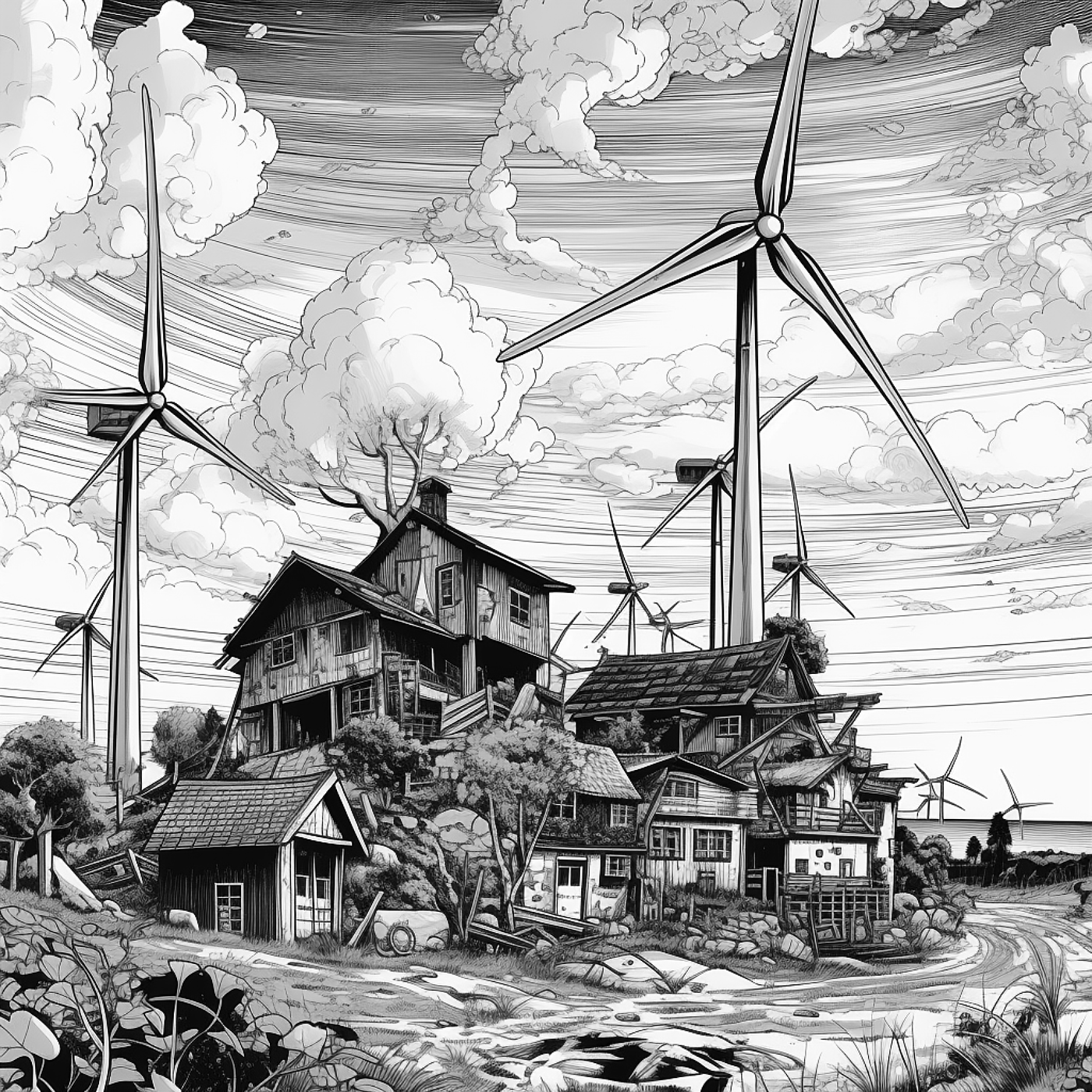Sustainable Web Design: A Movement in Copenhagen
With digital platforms becoming the primary mode of business operations, it's high time we turned our attention to the sustainability of these platforms. One such initiative gaining momentum in Copenhagen is sustainable web design. But what exactly is it, and why should we care? Let's explore this in detail.
Understanding Sustainable Web Design
Definition of Sustainable Web Design
Sustainable web design is a strategic approach to designing websites that prioritize energy efficiency, eco-friendly practices, and user accessibility. It aims to reduce the carbon footprint of digital products while ensuring optimum functionality.
Importance of Sustainable Web Design
Sustainable web design is not just about being environmentally friendly; it's also about enhancing user experience and long-term cost-effectiveness. It can lead to faster loading times, improved accessibility, and an overall better user experience, all while reducing a website's environmental impact.
Elements of Sustainable Web Design
Energy Efficiency
A key factor in sustainable web design is energy efficiency. It focuses on minimizing the resources required for hosting and rendering a website, which in turn, reduces energy consumption.
Green Hosting
Green hosting is another important element, wherein a website's servers run on renewable energy or have carbon offset programs in place.
User Experience and Accessibility
Making a website accessible to all users, regardless of their abilities or the devices they're using, is a critical element of sustainable web design.
Impact of Sustainable Web Design in Copenhagen
On the Business
Adopting sustainable web design practices can significantly enhance a brand's image, attract a broader customer base, and lead to financial savings in the long run.
On the Environment
Sustainable web design practices reduce carbon emissions and contribute to Copenhagen's ambitious sustainability goals.
Eco-Friendly Design and Digital Branding in Copenhagen
Significance of Eco-Friendly Design
Eco-friendly design not only helps the environment but also resonates with consumers who prefer sustainable brands.
How Digital Branding Incorporates Sustainability
Many Copenhagen-based businesses are integrating sustainability into their digital branding strategies, making it a part of their brand identity.
The Role of Digital Agencies in Copenhagen
Adopting Sustainable Practices
Copenhagen's digital agencies are increasingly adopting sustainable practices, driving the change towards a more sustainable digital future.
Driving the Change
They not only design sustainable websites for their clients but also educate them about the benefits of such practices, thus furthering the movement.
Future of Sustainable Web Design in Copenhagen
As Copenhagen continues to pioneer in sustainability, the future of sustainable web design in the city looks promising. With increased awareness and technological advancements, more businesses are likely to adopt these practices.
Conclusion: Embracing a Sustainable Future
In conclusion, sustainable web design is not just a trend; it's a necessity in our digital era. As Copenhagen continues to set the benchmark, the city's digital landscape is becoming greener, proving that sustainability and technology can indeed coexist.
FAQ: Sustainability in Digital Branding
Sustainable web design focuses on optimizing websites to minimize their environmental impact. This includes reducing energy consumption by optimizing images, using efficient coding practices, and selecting eco-friendly hosting providers. These measures help lower the carbon footprint of a website, thus contributing to a greener planet.
Sustainable branding involves incorporating environmental, social, and economic considerations into your brand strategy. Key principles include transparency, responsible sourcing, ethical practices, waste reduction, and continuous improvement. By adopting these principles, businesses can build a brand that's more sustainable and appealing to environmentally conscious consumers.
By adopting sustainable practices like using energy-efficient web design, eco-friendly hosting providers, and focusing on responsible digital advertising, your digital branding strategy can contribute to a greener planet while appealing to environmentally conscious consumers.
Use your website, social media platforms, and email marketing to share your brand's sustainability story. Highlight your eco-friendly practices, certifications, and the positive impact of your initiatives. Engaging and authentic content can help build trust and strengthen your brand's image among environmentally conscious consumers.
To minimize the environmental impact of digital advertising, consider using targeted advertising to reach only relevant audiences, thus reducing wasted resources. Opt for energy-efficient ad formats and platforms, and track your campaign's performance to optimize and make data-driven decisions.
Digital branding can support a circular economy by raising awareness about sustainable products and practices. It can promote resource efficiency, recycling, and reusability through educational content, campaigns, and storytelling. By aligning your brand with circular economy principles, you can attract eco-conscious consumers and contribute to a more sustainable future.



